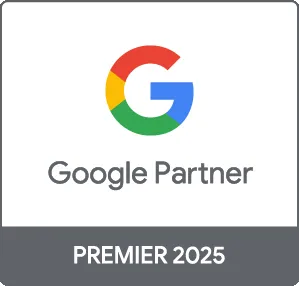In the digital landscape, mobile app marketing is crucial for reaching target audiences effectively. Google Ads App Campaigns provide a streamlined way to promote your app across various Google platforms, including Search, YouTube, and Google Play Store. In this guide, we'll dive into the essentials of setting up, optimizing, and measuring the success of your app campaigns to maximize downloads and user engagement.
What is a Google Ads App Campaign?
A Google Ads App Campaign is a type of ad campaign specifically designed to promote mobile applications on different Google networks. These campaigns automate the ad creation process by using your app’s listings and assets to generate ads. Instead of creating individual ads for each platform, Google uses machine learning to test and optimize multiple ad variations in real time.
Key Benefits of Google Ads App Campaigns
- Increased Visibility: Your app will be showcased across major Google platforms, ensuring high visibility for potential users.
- Performance Optimization: Google’s machine learning technology continually adjusts bids and refines targeting to maximize conversions.
- Access to Wide Reach: With Google Ads, your app can reach billions of users worldwide across Search, Display, YouTube, and the Play Store.
How to Create a Google Ads App Campaign
Step 1: Set Up Your Google Ads Account
If you haven’t already, create a Google Ads account by visiting the Google Ads website and following the setup instructions.
Step 2: Choose Your Campaign Type
Select the 'App' campaign type in the campaign creation process. You will be given options to promote your app on either Android or iOS devices.
Step 3: Set Your Campaign Goals
Determine your campaign objectives, such as maximizing app installs or in-app actions like sign-ups or purchases.
Step 4: Create Your Ad Assets
Provide Google with images, videos, and text snippets that reflect your app’s features and benefits. These assets will be used to generate ads automatically.
Step 5: Define Your Budget and Bids
Set a daily budget and choose a bidding strategy. Google Ads App Campaigns typically utilize cost-per-install (CPI) bidding.
Step 6: Launch Your Campaign
Review your settings and click ‘Launch’ to start your campaign. Monitor it regularly to optimize performance.
Tips for Optimizing Your App Campaigns
- Regularly Update Your Assets: Fresh and engaging ad assets can improve performance and attractiveness.
- Analyze Performance Data: Utilize Google Ads reports to track installs, in-app actions, and engagement metrics.
- A/B Testing: Experiment with different assets and budget allocations to identify what works best for your audience.
Conclusion
Google Ads App Campaigns can significantly enhance your app’s marketing strategy by boosting visibility and driving downloads. By understanding the campaign setup process and optimization strategies, you can leverage this powerful tool to reach your target audience effectively. At Prebo Digital, we specialize in creating data-driven campaigns that deliver results. If you're ready to elevate your app marketing efforts, contact us today for expert assistance and insights!





